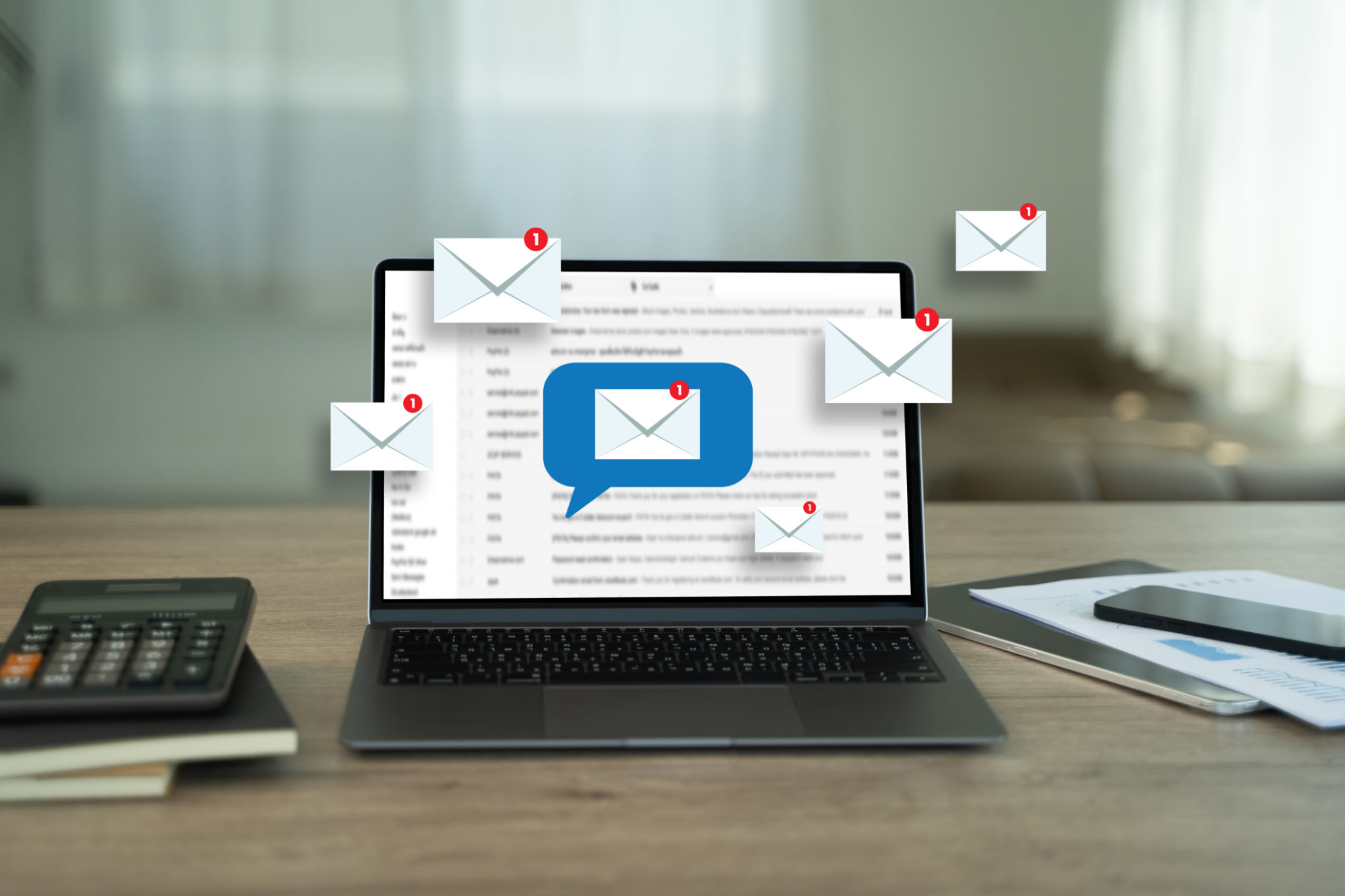Why Your Emails Go to Spam and How to Fix It
Understanding Why Emails Land in Spam
Email deliverability is a critical component of any marketing strategy, yet many businesses face the frustration of their emails landing in spam folders. This can severely impact communication with your audience, reducing engagement and effectiveness. To tackle this issue, it's crucial to understand the common reasons why emails get flagged as spam and how you can fix them.

Common Reasons Your Emails Go to Spam
There are several factors that contribute to emails being marked as spam. One of the most common reasons is the use of misleading or suspicious subject lines. If your subject line appears spammy or contains all caps and excessive punctuation, it might trigger spam filters.
Another crucial factor is the inclusion of attachments or links that appear suspicious or malicious. Spam filters are programmed to detect potentially harmful content to protect users from phishing attacks and malware. Additionally, sending emails to unverified or purchased email lists can lead to high bounce rates, which negatively impact your sender's reputation.
Improve Email Deliverability
To improve your email deliverability, start by crafting clear and honest subject lines. Avoid using trigger words like "free," "guarantee," or "urgent," which are often associated with spam. Instead, focus on creating subject lines that reflect the content of your email accurately.

Next, ensure that your email content is clean and professional. Use a balance of text and images, keeping the design simple and easy to read. Avoid excessive use of links or attachments unless absolutely necessary. If you must include links, ensure they are correctly formatted and lead to reputable websites.
Build and Maintain a Quality Email List
A quality email list is essential for improving deliverability rates. Always use a double opt-in process when collecting email addresses to ensure that your subscribers genuinely want to receive your emails. This practice not only reduces spam complaints but also builds a more engaged audience.
Regularly clean your email list by removing inactive or unengaged subscribers. This will help maintain a healthy sender reputation with Internet Service Providers (ISPs) and improve your open rates.

Authenticate Your Emails
Email authentication is another effective way to prevent your messages from being flagged as spam. Implement protocols such as SPF (Sender Policy Framework), DKIM (DomainKeys Identified Mail), and DMARC (Domain-based Message Authentication, Reporting & Conformance) to verify your email's legitimacy. These protocols help ISPs recognize that the emails are genuinely from your domain, thus reducing the likelihood of being marked as spam.
Monitoring your email performance is crucial in understanding how well your strategies work. Use analytics tools to track open rates, click-through rates, and bounce rates. This data will help you identify areas that need improvement and adjust your strategies accordingly.
Conclusion
Ensuring that your emails land in the inbox rather than the spam folder involves a combination of creating quality content, maintaining a clean email list, and implementing proper authentication protocols. By understanding and addressing the factors that contribute to spam filtering, you can enhance your email deliverability and maintain effective communication with your audience.